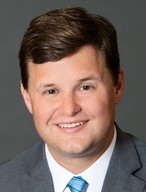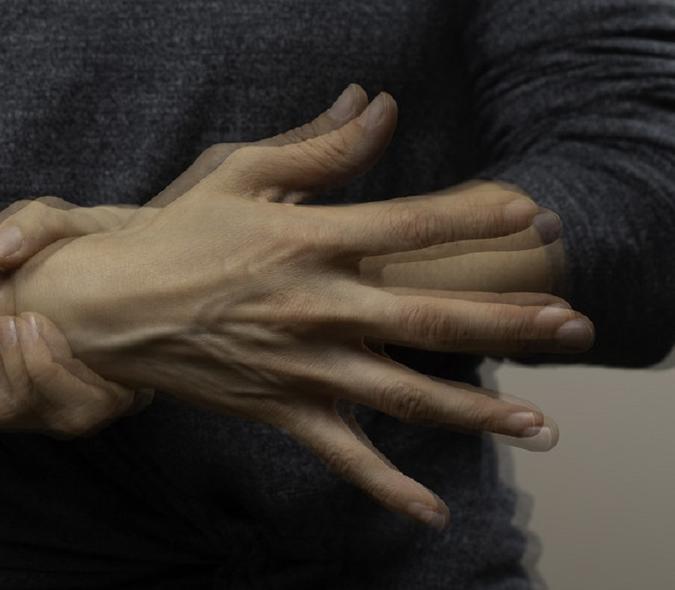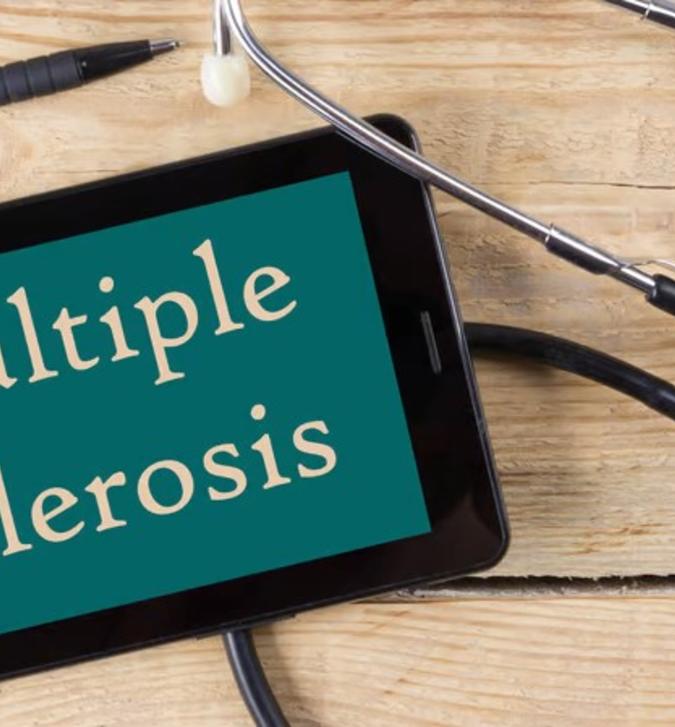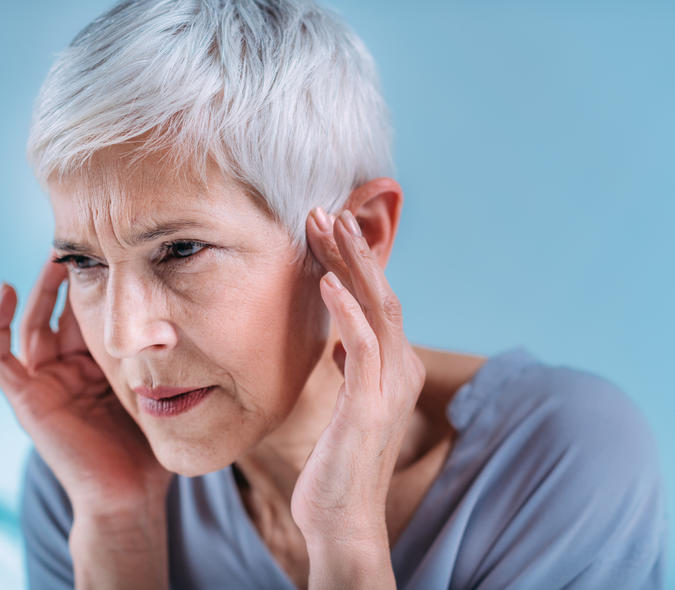
Rehabilitation Medicine Department oversees multidisciplinary Adult Post COVID Clinic
Although most people with COVID-19 get better within weeks of the illness, according to the Centers for Disease Control, some people experience what’s known as post-COVID conditions, which includes, “a wide range of new, returning, or ongoing health problems … four or more weeks after first being infected with the virus that causes COVID-19. Even people who did not have COVID-19 symptoms in the days or weeks after they were infected can have post-COVID conditions. These conditions can have different types and combinations of health problems for different lengths of time.”
To help treat these individuals, M Health Fairview opened an Adult Post-COVID Clinic, which is overseen by the Rehabilitation Medicine Department. The clinic is multidisciplinary and open to anyone, whether they were hospitalized with COVID or not. No proof of a positive COVID-19 test is required.

“There is a broad spectrum of COVID patients, from those who didn’t get ill but tested positive — to those who tested positive, got ill, and were able to stay home — to the very seriously ill patients,” said Michael Kasprzak (pictured at left), DO, Physical Medicine and Rehabilitation Division, Rehabilitation Medicine Department, a provider at the Post-COVID Clinic. “These patients are very challenging, but they do recover.”
Fatigue is the most common symptom in post COVID-19 patients, said Department of Rehabilitation Medicine physiatrist and one of the clinic leaders, Farha Ikramuddin, MD, MPH, in a recent M Health Fairview article*. “Other common symptoms include coughing, shortness of breath, heart palpitations, and mental fog,” she added.
Neuropsychologist Doug Whiteside, PhD, ABPP/CN, Rehabilitation Medicine, has learned a lot about the impact of COVID-19 after treating patients who came to the clinic. “One is the diversity of impact on people,” he said. “It can range from no impact to long-term disability and everything in between. It’s hard to predict who will be the most affected.”
Anxiety and uncertainty
Its unpredictability is something that Tanya Melnik, MD, Division of General Internal Medicine, has noticed about the impact that COVID-19 is having on the patients she sees through the clinic. “That makes it difficult for most patients, both mentally and physically,” she said. “When people get diagnosed, there is a lot of anxiety and uncertainty.”
Adding to that anxiety is the lack of a standard treatment model that both physicians and patients can rely on. “When you think of the traditional care model in which you see a doctor, there is a lot of hands-on,” said Melnik. “With COVID, you’re stuck in isolation for a period of time and asked not to come to the clinic until you feel worse.” The roller coaster effect of going back and forth between home and emergency rooms or primary care providers is nerve wracking for COVID sufferers.
More research needed

It’s striking how often these patients are dealing with mood issues and anxiety, noted Whiteside (pictured at left). “There is a desperate need for more research about the cognitive impact of the disease,” he said. “Our own research is beginning to suggest that the mood issues and anxiety may be one of the main reasons the patients are experiencing cognitive complaints. Overall, preliminary findings suggest that long-term COVID patients are not typically experiencing serious neurologically based cognitive deficits.”
Kasprzak pointed out that a lot of the cognitive impact depends on the severity of the disease. “If they were on a ventilator, had a prolonged stay in the ICU, had ARDs [acute respiratory distress syndrome], or ECMO [extracorporeal membrane oxygenation] because they were hypoxic [experiencing inadequate levels of oxygen], they typically have executive function, attention, and working memory issues,” he said.
Getting stuck
These patients get stuck in a pattern that can lead to depression, mental fog, and lack of motivation to do anything, according to Kasprzak. “They’re not eating a healthy diet and not living an active lifestyle,” he said. “Our goal is to get them up and moving.”
One of the primary ways that the Adult Post-COVID Clinic helps these patients recover is through what’s known as pulmonary rehabilitation, which includes education about their condition and exercise training. “Some patients weren’t doing much physical activity before they got COVID,” said Kasprzak. “Then the pandemic closed them off to any form of exercise. They are very debilitated and deconditioned when they come to us.”
You don’t have to be a superstar athlete to successfully get through post-COVID treatment. “The American Heart Association recommends doing at least 150 minutes of exercise a week at 70 percent of your target heart rate, which equates to 20 to 30 minutes at a minimum of 4 to 5 times a week,” explained Kasprzak. “You want to be a little short of breath while being able to maintain a conversation.”
This isn’t something that you just do for a week, and you’re done. “You have to stick with it for weeks and months…basically forever,” Kasprzak added. “It’s essential for your cardiovascular and pulmonary health, as well as having great benefits for mental health.”
Voice therapy

In addition to an exercise regimen, voice therapy may be used as well to help treat post COVID-19 patients. “I’ve had a couple of patients go to voice therapy to learn how to breathe more effectively,” said Melnik (pictured at left). “It seems like such a natural, intuitive process, but breathing can be affected by COVID, too. These patients have a lot of chest and abdominal tightness.”
While learning how to help their post-COVID patients recover, the providers are also learning things that impact their entire practice. “I’m having more conversations with my patients about what they can afford financially and helping them fit their treatment into their top priorities,” said Melnik. Those priorities could include going back to work or making decisions about their finances that they’ve never had to make before, especially if their insurance didn’t cover all their COVID-related expenses. “I’m also watching out for opportunities for more rehab and finding resources for patients who can’t afford traditional treatments, such as exercise videos on YouTube,” she added.
The good news is that these Adult Post COVID-19 Clinic providers are seeing patients improve.
“We know it’s been tough,” said Kasprzak. “If you’re struggling with these types of symptoms, we understand and will get you on a good therapy program to help you get through it.”



